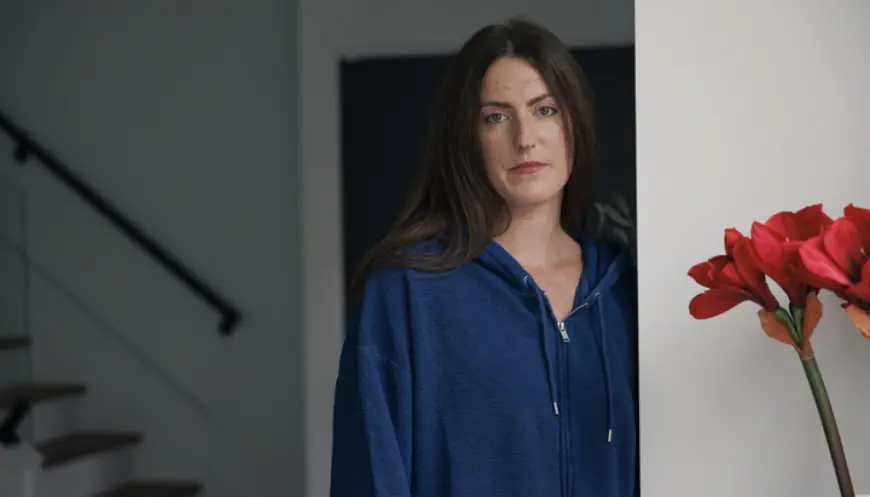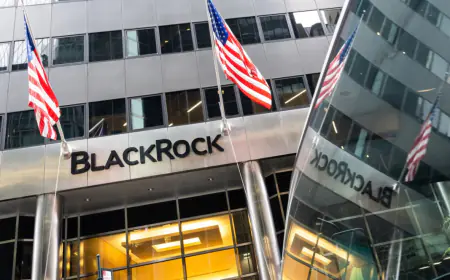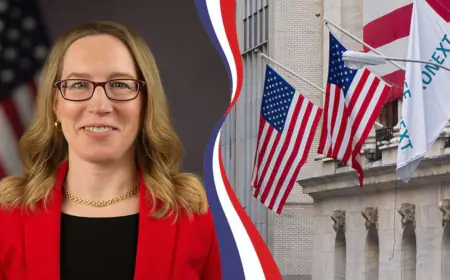Breast cancer striking more young women — earlier screenings urged for those most at risk.
From a young age, Lizzy Freier has been diligent about checking her breasts for lumps.Like many women, she learned to do a self breast exam. The showers in her college dorms even had step-by-step guides: Lift your arm, press the tips of your fingers down on your breast and move them in a circular motion to look for anything new or foreign.But when Freier was diagnosed with breast cancer earlier this year, just days before her 36th birthday, the warning sign wasn't something she was ever told to look out for.One of her nipples became inverted. She didn't think anything of it at first. But when it didn't go back to normal, she went in to see her OB-GYN. She got her first mammogram and was eventually diagnosed with stage one invasive ductal carcinoma."I had never heard of an inverted nipple as being something I should be concerned about or looking out for," Freier said. "I have felt the need to tell anyone I know that it's not just about searching for lumps. There are other signs of breast cancer to keep an eye out for that people don't talk about."Over the past two decades, more and more women under the age of 50 are being diagnosed with breast cancer. But researchers have yet to figure out why this spike is happening.Because most women don't begin regular breast cancer screening until they're 40, younger women are also being diagnosed with later-stage tumors when the disease is more aggressive and harder to treat, according to a study published earlier this year from the Washington University School of Medicine in St. Louis.That study determined younger Black women are contracting the disease at higher rates. Black women ages 20 to 29 have a 53% higher risk of breast cancer compared to their white counterparts, Washington University researchers found. Related Free mammogram program at U of C hospital aims to address health disparities Making matters more difficult, the guidelines for when and how often to get screened aren't clear, said Dr. Lisa Stempel, the head of breast imaging across Rush Hospitals.For example, the American Cancer Society says all women should start getting screened at age 45, while the American Society of Breast Surgeons recommends women get screened annually starting at 40. Other guidelines say some should wait till they're 50 and should avoid doing annual mammograms."It's a very confusing environment for women," Stempel said. "Every woman should be screened every year starting at 40."Regular screenings are proven to be effective, reducing the risk of death by 40%, Stempel said. They also help detect cancer earlier, which can mean less invasive treatment, little to no chemotherapy and overall better outcomes, she said.Long before they begin regular screenings, Stempel said, women should be assessed for their risk of contracting breast cancer.Starting at the age of 25, all women should get a formal risk assessment done by their doctor to determine if they need to start screening for breast cancer before they turn 40, Stempel said.That assessment factors in their family history and other personal health and genetic risks. If a person is deemed high risk, their doctor will likely recommend starting mammograms earlier.Mammograms also inform women whether or not they have dense breasts. Breast density is a measurement of the ratio of fatty tissue to glandular tissue. How dense someone's breasts are can only be determined in a scan, not from touch, Stempel said."The reason density matters are two-fold: dense tissue increases the risk of breast cancer, and it can hide cancer," Stempel said.About 50% of women have dense breasts — meaning they have more glandular tissue than fatty tissue."That glandular tissue shows up as white on a mammogram while fatty tissue is dark," Stempel said. "It's important to know if your breasts are dense because tumors also show up as white."Women with dense breasts usually require additional screenings, like an ultrasound or an MRI. A new federal law requires doctors to alert patients to the density of their breasts.Risk rising for younger womenAn increasing risk level underscores the need for more specialized screening for young women"Younger women are getting much more aggressive breast cancers," Stempel said. "I'm seeing it every day. It's very unfortunate and shows the need to vigilantly screen the ones we know are higher risk."The Washington University study found that by 2016, the rate of U.S. women ages 20 to 49 with breast cancer reached about 66 cases per 100,000."But after 2016, for reasons researchers do not yet understand, the trend line made a steep uphill turn, suddenly increasing at 3.76% per year. By 2019 — only three years later — the rate had reached 74 cases per 100,000," researchers wrote.Freier was completely shocked to learn she had breast cancer. She's an active and healthy person who stays on top of her health care.

From a young age, Lizzy Freier has been diligent about checking her breasts for lumps.
Like many women, she learned to do a self breast exam. The showers in her college dorms even had step-by-step guides: Lift your arm, press the tips of your fingers down on your breast and move them in a circular motion to look for anything new or foreign.
But when Freier was diagnosed with breast cancer earlier this year, just days before her 36th birthday, the warning sign wasn't something she was ever told to look out for.
One of her nipples became inverted. She didn't think anything of it at first. But when it didn't go back to normal, she went in to see her OB-GYN. She got her first mammogram and was eventually diagnosed with stage one invasive ductal carcinoma.
"I had never heard of an inverted nipple as being something I should be concerned about or looking out for," Freier said. "I have felt the need to tell anyone I know that it's not just about searching for lumps. There are other signs of breast cancer to keep an eye out for that people don't talk about."
Over the past two decades, more and more women under the age of 50 are being diagnosed with breast cancer. But researchers have yet to figure out why this spike is happening.
Because most women don't begin regular breast cancer screening until they're 40, younger women are also being diagnosed with later-stage tumors when the disease is more aggressive and harder to treat, according to a study published earlier this year from the Washington University School of Medicine in St. Louis.
That study determined younger Black women are contracting the disease at higher rates. Black women ages 20 to 29 have a 53% higher risk of breast cancer compared to their white counterparts, Washington University researchers found.
Making matters more difficult, the guidelines for when and how often to get screened aren't clear, said Dr. Lisa Stempel, the head of breast imaging across Rush Hospitals.
For example, the American Cancer Society says all women should start getting screened at age 45, while the American Society of Breast Surgeons recommends women get screened annually starting at 40. Other guidelines say some should wait till they're 50 and should avoid doing annual mammograms.
"It's a very confusing environment for women," Stempel said. "Every woman should be screened every year starting at 40."
Regular screenings are proven to be effective, reducing the risk of death by 40%, Stempel said. They also help detect cancer earlier, which can mean less invasive treatment, little to no chemotherapy and overall better outcomes, she said.
Long before they begin regular screenings, Stempel said, women should be assessed for their risk of contracting breast cancer.
Starting at the age of 25, all women should get a formal risk assessment done by their doctor to determine if they need to start screening for breast cancer before they turn 40, Stempel said.
That assessment factors in their family history and other personal health and genetic risks. If a person is deemed high risk, their doctor will likely recommend starting mammograms earlier.
Mammograms also inform women whether or not they have dense breasts. Breast density is a measurement of the ratio of fatty tissue to glandular tissue. How dense someone's breasts are can only be determined in a scan, not from touch, Stempel said.
"The reason density matters are two-fold: dense tissue increases the risk of breast cancer, and it can hide cancer," Stempel said.
About 50% of women have dense breasts — meaning they have more glandular tissue than fatty tissue.
"That glandular tissue shows up as white on a mammogram while fatty tissue is dark," Stempel said. "It's important to know if your breasts are dense because tumors also show up as white."
Women with dense breasts usually require additional screenings, like an ultrasound or an MRI. A new federal law requires doctors to alert patients to the density of their breasts.
Risk rising for younger women
An increasing risk level underscores the need for more specialized screening for young women
"Younger women are getting much more aggressive breast cancers," Stempel said. "I'm seeing it every day. It's very unfortunate and shows the need to vigilantly screen the ones we know are higher risk."
The Washington University study found that by 2016, the rate of U.S. women ages 20 to 49 with breast cancer reached about 66 cases per 100,000.
"But after 2016, for reasons researchers do not yet understand, the trend line made a steep uphill turn, suddenly increasing at 3.76% per year. By 2019 — only three years later — the rate had reached 74 cases per 100,000," researchers wrote.
Freier was completely shocked to learn she had breast cancer. She's an active and healthy person who stays on top of her health care. The youngest of three sisters, she's also the first in her immediate family to be diagnosed with cancer.
"It was overwhelming and paralyzing," she said. "It's been hard to think about anything other than having cancer. It's all-consuming."
Doctors found tumors in both of her breasts. She had the option between a lumpectomy followed by radiation or a double mastectomy. She opted for the double mastectomy and underwent the operation at the end of September.
"It's about more than looking for lumps, there are things you can do to advocate for yourself, even if you're not 40," Freier said.
She's grateful for her strong support system of family and friends. But cancer has put her life on hold. The day of her surgery, she and her husband were supposed to leave for a trip to California. She can't lift her arms or carry anything heavier than 10 pounds while she heals from surgery.
"I never thought this would happen to me," Freier said. "I think most younger women don't worry about this yet. But I tell all the women in my life, this is something you need to be aware of. And if there's something weird with your body, get it checked out."
What's Your Reaction?










































































































